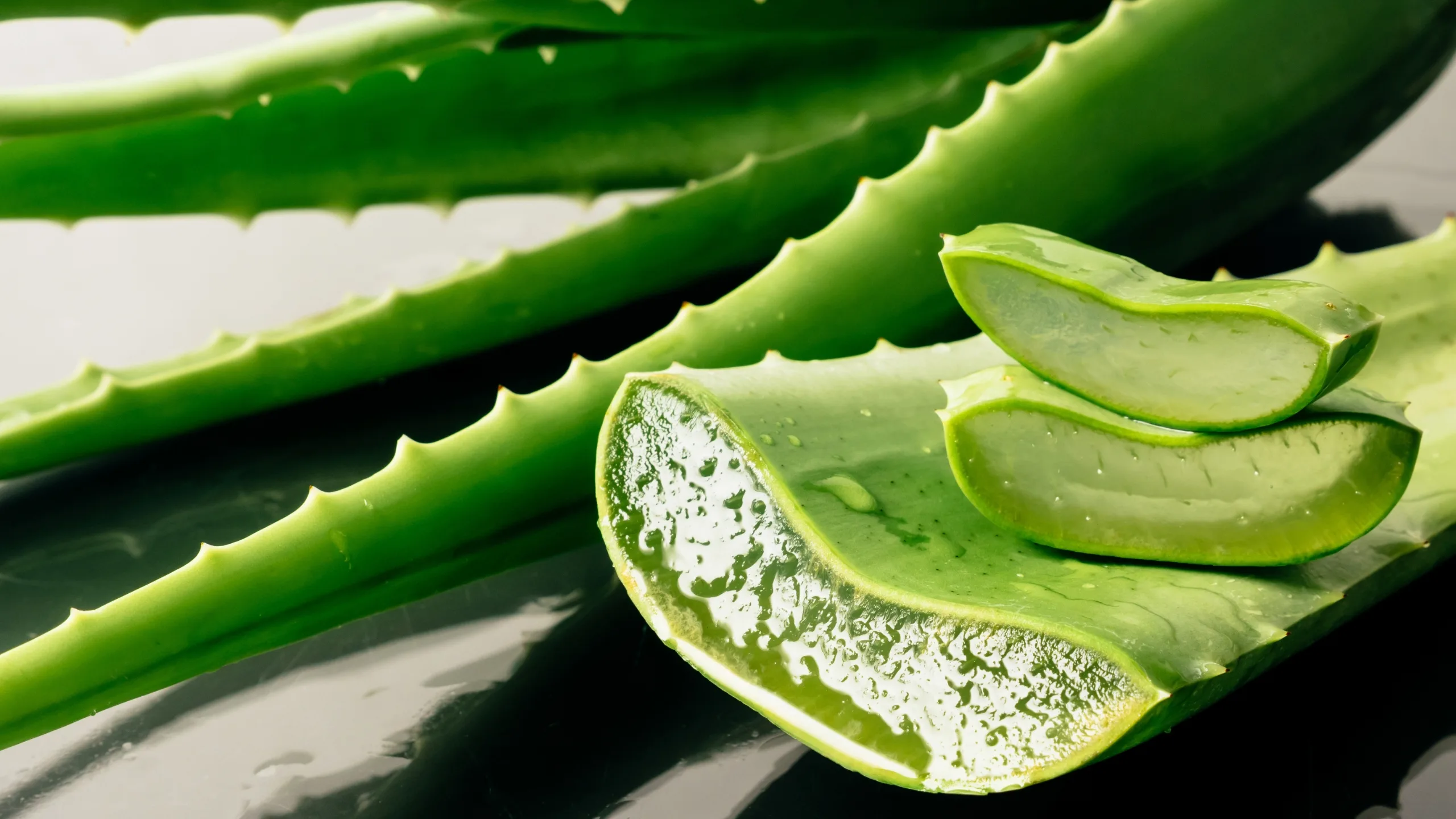Free Shipping On Above Order Value Rs. 500

Aloe vera is a succulent plant with thick, fleshy green leaves that contain a clear mucilaginous gel. It thrives in dry climates and is widely cultivated for cosmetic, medicinal, and nutritional purposes. Its soothing, anti-inflammatory, and moisturizing properties make it popular in both traditional medicine and modern pharmaceuticals.
Aloe vera gel and latex contain numerous active compounds:
Ayurvedic Pharmacopoeia of India, Ministry of AYUSH, Govt. of India.
Bhavprakash Nighantu, Chapter on Herbal Remedies.
Eshun, K., & He, Q. (2004). "Aloe vera: A valuable ingredient for the food, pharmaceutical and cosmetic industries – A review." Critical Reviews in Food Science and Nutrition, 44(2), 91–96.
Boudreau, M. D., & Beland, F. A. (2006). "An evaluation of the biological and toxicological properties of Aloe barbadensis (Miller), Aloe vera." Journal of Environmental Science and Health Part C, 24(1), 103–154.
Surjushe, A., Vasani, R., & Saple, D. G. (2008). "Aloe vera: A short review." Indian Journal of Dermatology, 53(4), 163–166.
European Medicines Agency. Community herbal monograph on Aloe barbadensis Miller and Aloe (various species), EMA/HMPC/535138/2009.

Moving your card details to a much more secured place

100% Payment Protection. Easy Return Policy

Fast, reliable delivery from global warehouses
